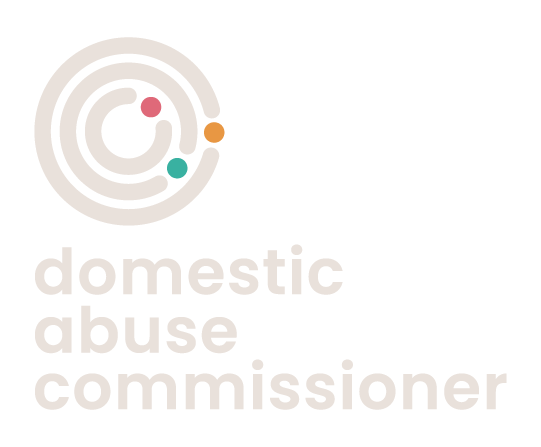Yesterday the Home Office published analysis of 124 Domestic Homicide Reviews (DHRs) which were carried out for the 12 months from October 2019 which show some extremely concerning trends.
Close to three quarters of these are deaths which occurred in 2017 or 2018. The ages of victims ranged from under 18 to 94 and the average was 41. The oldest perpetrator was aged 89, and the average age was 40.
Eighty percent of the victims were female and 20% were male. For perpetrators, 83% were male and 17% female. There were dependent children in 52% of the households where the victim was aged under 60.
Analysing the relationships between the victims and perpetrators shows that for 73% of the victims the perpetrator was a partner or ex-partner. For 27% of the victims there was a family relationship between the victim and perpetrator.
These statistics make it clear just how many perpetrators and victims of domestic homicide were known to agencies in some way. 60% of perpetrators were indicated to have a previous offending history – meaning they will have been contact with the police, with three quarters having abused previous partners and one third family members.
Sixty-one percent of victims had a vulnerability, with 34% having mental ill-health, 28% having problem alcohol use and 22% illicit drug use. Many of these victims will have been known to services including those treating issues like mental health, drugs and alcohol abuse.
What this shows us is how important it is for local agencies to do more to recognise the signs of domestic abuse, protect victims and survivors, and hold perpetrators of domestic abuse to account.
Domestic Homicide Reviews are an important opportunity to make this happen, bringing agencies together to share vital learning to prevent future deaths as a result of domestic abuse.
They can help frontline agencies understand where they could have done more and how they can change for the future. Having previously chaired a number of Domestic Homicide Reviews in my former role as Chief Executive of Standing Together, I know how vital this process can be.
But too often, the same themes are emerging from reviews about the response we need to see from a top-down level within statutory agencies.
Many DHRs make recommendations to national government, but these recommendations often do not lead to meaningful change. Community Safety Partnerships lack the powers or capacity to follow up with Departments to ensure their learning is understood and implemented.
This week, the Home Office announced welcome funding to equip my office to develop a National Domestic Homicide and Suicide Oversight Mechanism, to help address this issue. The mechanism will seek to establish a robust system of analysis, tracking and scrutiny of trends in DHR learning and implementation at the national and local level.
Crucially, it will enable me to use this analysis, and my powers as Domestic Abuse Commissioner, to hold national and local agencies to account in implementing key learning to prevent future deaths.
While DHRs will be the key focus, the mechanism will also incorporate data from a variety of other post-death and serious incident reviews including Coroner’s reports and Safeguarding Adult Reviews.
Based on this data and drawing in the expertise of our partners in the Sector and academia, we intend to establish reporting and governance processes that will better hold both central and local Government to account and generate recommendations that result in impactful change.
This work will strengthen the link between review learning, policymaking and practice, which will, we hope, result in changes that prevent future deaths.
The mechanism will also help to develop a stronger evidence base and recommendations around domestic abuse and suicide – which currently constitutes a significant gap in our knowledge, with some evidence suggesting as many as four women per week die by suicide in the context of domestic abuse.
It is my firm belief that it is the role of every government department and every frontline agency to play its part in the Coordinated Community Response to Domestic Abuse.
This mechanism is a priority for my office, and I hope that through this work we can ensure that domestic homicides and suicides are reduced, and the lessons are learned to keep victims and survivors safe.
Key findings from analysis of domestic homicide reviews – GOV.UK (www.gov.uk)

